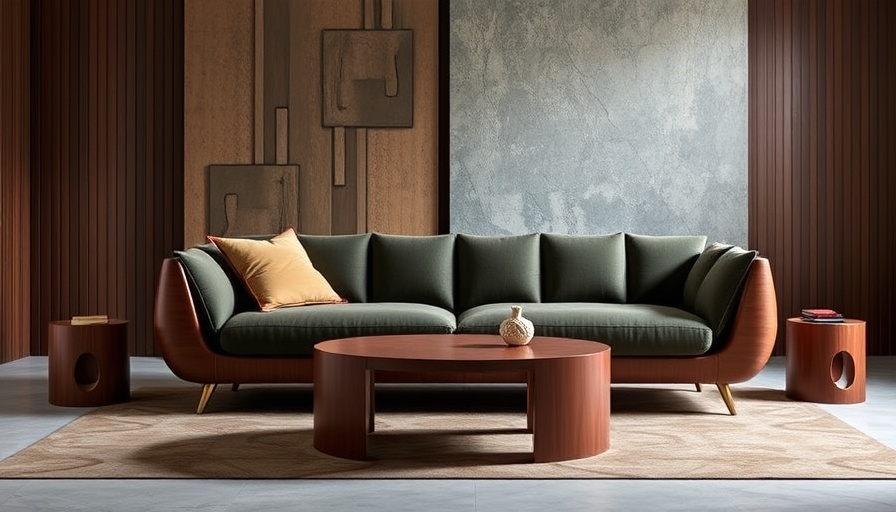
Introducing the Africa Sofa by Eugeni Quitllet
In a world profoundly influenced by the need for comfort and functionality, the Africa Sofa by Eugeni Quitllet emerges as a pivotal piece of furniture for remote workers. Designed for Vondom, this innovative sofa not only merges aesthetic appeal with durability, it also promotes a healthier workspace environment.
Ergonomics Meets Aesthetics
Quitllet’s design philosophy intertwines art with ergonomic principles. The Africa Sofa is crafted to support a range of postures, encouraging body movement and ensuring prolonged comfort during extended work sessions. For digital nomads—individuals who often work from different locations—having furniture that adapitates to various settings is a game changer.
Social Connections in Workspace Design
Beyond its physical attributes, the Africa Sofa fosters social interactions, a vital component in maintaining mental well-being. With its inviting design, it becomes a hub for collaboration or casual discussions, enabling creativity to flow while working from home or a co-working space. The social aspect of work cannot be overstated; studies have long shown that collaborative spaces enhance productivity and job satisfaction.
Future Insights on Workspace Design
As workspaces evolve, comfort will remain paramount. The Africa Sofa is a glimpse into future trends that emphasize flexible, multifunctional designs. Armchairs and sofas that not only provide sitting comfort but also double as lounging areas encourage breaks, which have been shown to boost productivity. Digital nomads should consider these types of furniture when setting up their workspaces.
Practical Tips for Remote Workers
When creating your functional workspace, start by assessing your daily routines and tasks. Here are some practical tips:
- Choose Comfort: Ensure your sofa or chair supports your back and encourages good posture.
- Incorporate Versatile Furniture: Opt for pieces, like the Africa Sofa, that can serve multiple purposes—work, relaxation, and meeting spots.
- Consider the Layout: Position your sofa in a way that allows natural light while enabling easy access to other work tools.
Emphasizing Wellness in Work
Investing in ergonomic furniture not only enhances productivity but also promotes overall well-being. The Africa Sofa encourages awareness of body mechanics during work. This can lead to fewer aches and improved mental focus. Remember that your workspace can significantly affect your mood and productivity, which is essential for every digital nomad.
Engaging the Senses with Design
Color and texture play critical roles in creating an inspiring work environment. The Africa Sofa’s design is rooted in its ability to evoke warmth and creativity. By choosing furniture that resonates with your personal style, you can create a workspace that feels inviting and energizing, promoting effective work habits.
As you develop your ideal workspace, remember the specifics of your furniture selections can have lasting impacts on your work efficiency and health. The Africa Sofa by Eugeni Quitllet exemplifies this balance of aesthetics and functionality.
Are you ready to enhance your remote workspace? Invest in pieces that not only look good but also contribute to your comfort and productivity. The right furniture, such as the Africa Sofa, can create an environment where creativity thrives—perfect for the dynamic lifestyle of digital nomads.
 Add Row
Add Row  Add
Add 




Write A Comment